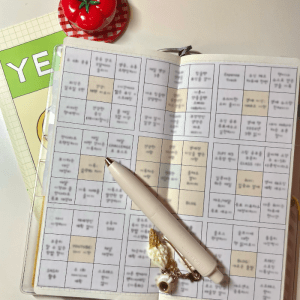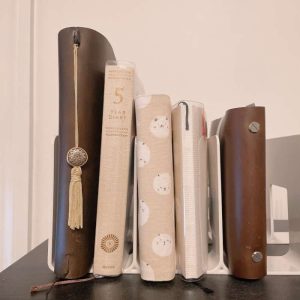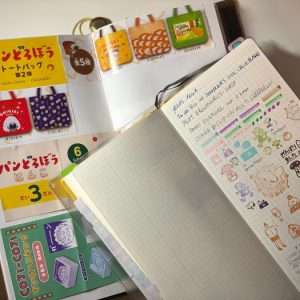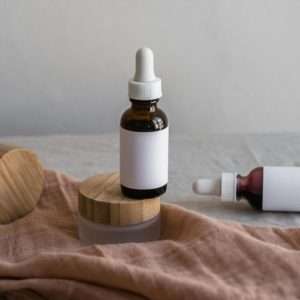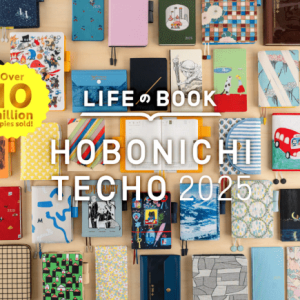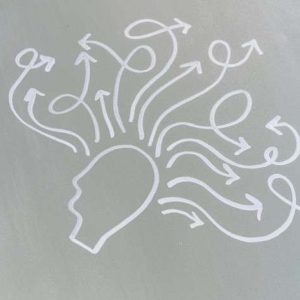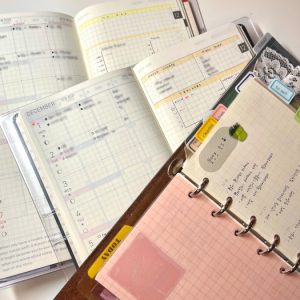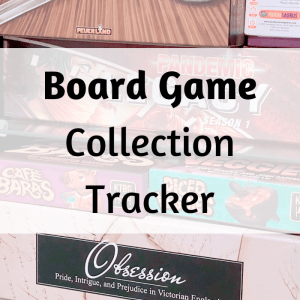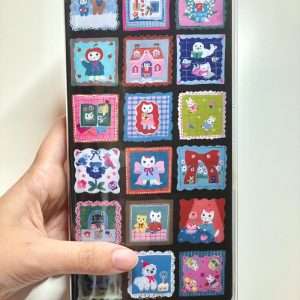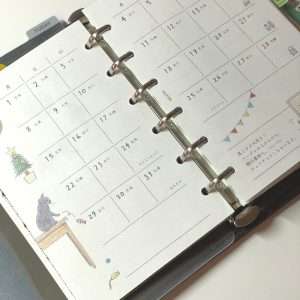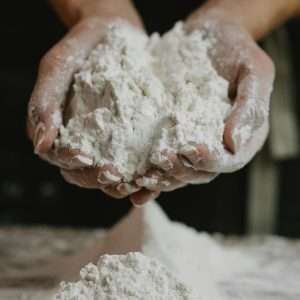No Flour Diet Experience: One Month Later
When people hear no flour diet, they often think it’s about losing weight or cutting calories. For me, it started from something completely different — a series of allergic reactions that I couldn’t explain.
It began out of nowhere: tiny red bumps on my arms that soon spread to my eyelids. The itching was so intense that sometimes scabs formed overnight. I took antihistamines like Zyrtec, but once the itch started, nothing helped. The only way to calm it was by applying steroid cream — even near my eyes, which made me uncomfortable every single time.
After weeks of frustration, I started reading articles and online posts about skin inflammation and diet. Many people mentioned that flour, spicy, and salty foods can increase internal heat and worsen allergies. It wasn’t medical advice, but it sounded reasonable enough to try.
That’s when I decided to reduce flour intake — not as a strict diet, but as an experiment to see if my body would react differently.
Since I was already eating a lower-sugar diet at home (using sugar substitutes), removing flour felt like the next logical step. I promised myself: just two weeks, no bread, no noodles, no tteokbokki (yes, this is my soul food).
I love flour-based foods, so it wasn’t easy. But those two weeks turned out to be the start of a much longer journey — one that changed not only my skin but also how I think about food and balance.
Table of Contents
The First Two Weeks – Cravings, Adjustments, and Early Results
The first few days were rough. I craved bread, noodles, and spicy sauces constantly. It wasn’t just about hunger — it was the comfort of familiar flavors. Still, I stayed determined. Surprisingly, the itching that used to last for days started fading after just a few hours. Sometimes I would still see a small flare-up, but it would calm down within half a day without needing steroid cream. That was the first sign that something was shifting.
After the first week, I felt more stable — fewer cravings, more energy in the mornings, and a small but noticeable clarity in my skin.
My Meal Adjustments
To make it sustainable, I didn’t try to create fancy recipes. Instead, I made small but consistent adjustments.
- Breakfast: I usually had a slice of homemade 100% whole wheat bread (not every day) or a small bowl of berries. I don’t eat much in the morning and always have coffee, so skipping heavy breakfast wasn’t difficult for me.
- Lunch: I ate salad almost every day. Protein was a must — usually boiled eggs, grilled chicken, or salmon.
- Dressing: I either skipped dressing altogether or used a homemade one made with olive oil and lemon juice. No store-bought bottles, no sugar-heavy sauces.
- Snacks: Around 2–3 p.m., I had a handful of nuts or fruit, then took a 30-minute walk. This routine helped with afternoon cravings and digestion.
- Dinner: I kept it simple with light Korean-style meals — rice, vegetables, and mild soup. I avoided spicy stews or anything that felt “heavy.”
This structure helped me feel full without relying on flour. And I learned that I didn’t need bread to feel satisfied — I just needed balanced nutrients.
How My Body Responded After a Month
By the third and fourth week, the changes were undeniable.
Clearer skin
My cheeks, which used to have whiteheads and tiny bumps, became smoother. The constant oiliness around my nose disappeared. I used to squeeze those little spots whenever I couldn’t resist, and that often left scars. Now I hardly ever do that, and I’ve started paying more attention to moisturizing and gentle care instead.
No food coma
I stopped feeling sleepy after lunch. Before, I often reached for extra snacks in the afternoon just to fight off that drowsy feeling. Now my body feels light even after eating, which makes afternoons so much more productive.
Reduced puffiness
My face wasn’t swollen when I woke up. I used to massage my face every morning with a cold gua sha tool because it was always puffy, but lately, just washing my face with cold water has been enough.
Better digestion
Meals didn’t make me bloated or sluggish anymore. I used to stay up late whenever I ate dinner too late because of indigestion, but now that doesn’t happen anymore.
Even on days when I had a small allergic flare-up, the symptoms went away within a few hours — without any medication. It felt like my body was finally stabilizing itself.
This might not be a scientific no flour diet benefits list, but it was real for me. The improvements weren’t dramatic overnight, but they were steady, quiet, and reassuring.
Challenges of a No Flour Lifestyle
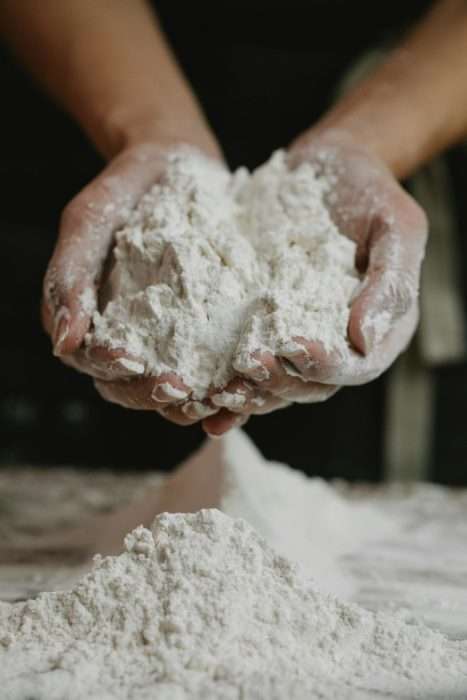
Of course, it wasn’t all easy.
Social gatherings were the hardest part. Eating out usually meant pizza, noodles, or fried food — all full of flour. I didn’t want to ruin the atmosphere by refusing food, but I also didn’t want to restart the itch cycle. I learned to plan ahead: eat a light meal before meeting friends or choose places where I could order rice dishes or grilled fish instead.
Sometimes I’d simply say, “I’m trying something new with my diet,” instead of explaining the allergy. That made it easier to navigate social situations without too much attention.
It also forced me to be more intentional with my time. Since I avoided frequent dining out, I had more quiet evenings at home — cooking, reading, journaling, and reflecting. It became not just a food change but part of my clean eating journey and mental detox.
How I Managed to Reduce Flour Intake Successfully
People often ask how I managed to stick to it for a month. The truth is, I didn’t aim for perfection — I aimed for progress.
Replacing, Not Removing
One thing that helped was replacing snacks instead of removing them completely. Many people snack simply out of boredom, and I was no different. Instead of chips or cookies, I had grapes, nut-based treats like almond flour financiers, assorted nuts, and fruits like kiwi. They were surprisingly filling and helped me avoid unnecessary cravings.
Simple Daily Habits
Drinking water also helped whenever I felt the urge to snack. Often, I realized I wasn’t even hungry — just thirsty or tired. On days I slipped and ate flour again, I didn’t feel guilty. I simply focused on starting fresh with the next meal.
Gradual Changes That Worked
Gradual change worked best for me. I’d already reduced sugar before, so cutting flour felt like a natural next step. Trying to quit everything at once would’ve been impossible anyway.
Making My Own Bread
Among all the foods I missed, bread was the hardest. I’ve always liked sugar-free bread like ciabatta, so I started experimenting with homemade 100% whole wheat bread. It was tricky at first since many store-bought versions used a wheat-based starter, but I managed to make my own. Now, when I crave bread, one slice of my homemade loaf is enough to make me happy.
Even though this wasn’t exactly a strict no flour no sugar diet, it shared the same mindset — eat cleaner, give your body rest, and stay aware of what truly makes you feel good.
The Unexpected Mental Benefits
This short experience also made me realize how important it is to take better care of my body. As my skin and digestion improved, I naturally started to value my health more and became curious about ways to live a healthier lifestyle overall. It wasn’t just about avoiding certain foods anymore — it was about being more mindful of how I treat my body and what truly makes me feel well.
Would I Continue the No Flour Diet?
Yes — but with balance.
Right now, I still allow myself one flour-based meal per week. That could be a small bowl of noodles or a slice of pizza. I rarely crave desserts, though. I’ve never been into sweets much, but I used to snack when bored. Now I turn to nuts or fruits — grapes especially help when I want something refreshing.
If my allergic reactions eventually stop completely, I probably won’t set strict rules like “once a week.” Instead, I’ll decide intuitively — “I had too much this weekend, so I’ll skip it today.”
Since I still don’t know the exact trigger, I’ll keep this no flour diet lifestyle while also exploring other possibilities. It feels sustainable and balanced, not restrictive.
In the long run, I think this way of eating will stay with me — not because it’s a diet, but because it makes me feel more at peace with my body.
Final Thoughts
Looking back, giving up flour for a month taught me more than I expected. It showed me how powerful small habits can be when they align with your body’s needs. The no flour diet experience wasn’t about perfection or strict discipline — it was about listening, adjusting, and observing. My skin, digestion, and even my mood improved in quiet, gradual ways.
If you’re thinking of trying it, don’t aim to quit everything overnight. Start by replacing one or two meals, or skipping your usual bread at lunch. Small steps really do add up. I can’t say it cured my allergies, but it definitely changed the way I eat and how I feel about food — and that, to me, is the best kind of result.
💆♀️ Must-Try Mental Health & Mindfulness Practices
- Start a Miracle Morning Routine: My Honest Journey
- Morning Routine for Productivity: How I Start and End My Day
- How to Reduce Social Media Time and Regain Control of Your Life
- Best Hobonichi Weeks Layout Ideas for Your Needs
- Brain Dump Technique: Simple Steps to Organize Thoughts
Want to reduce stress and gain mental clarity? Explore mindfulness practices, journaling techniques, and simple self-care habits: Browse All Mental Health Tips

